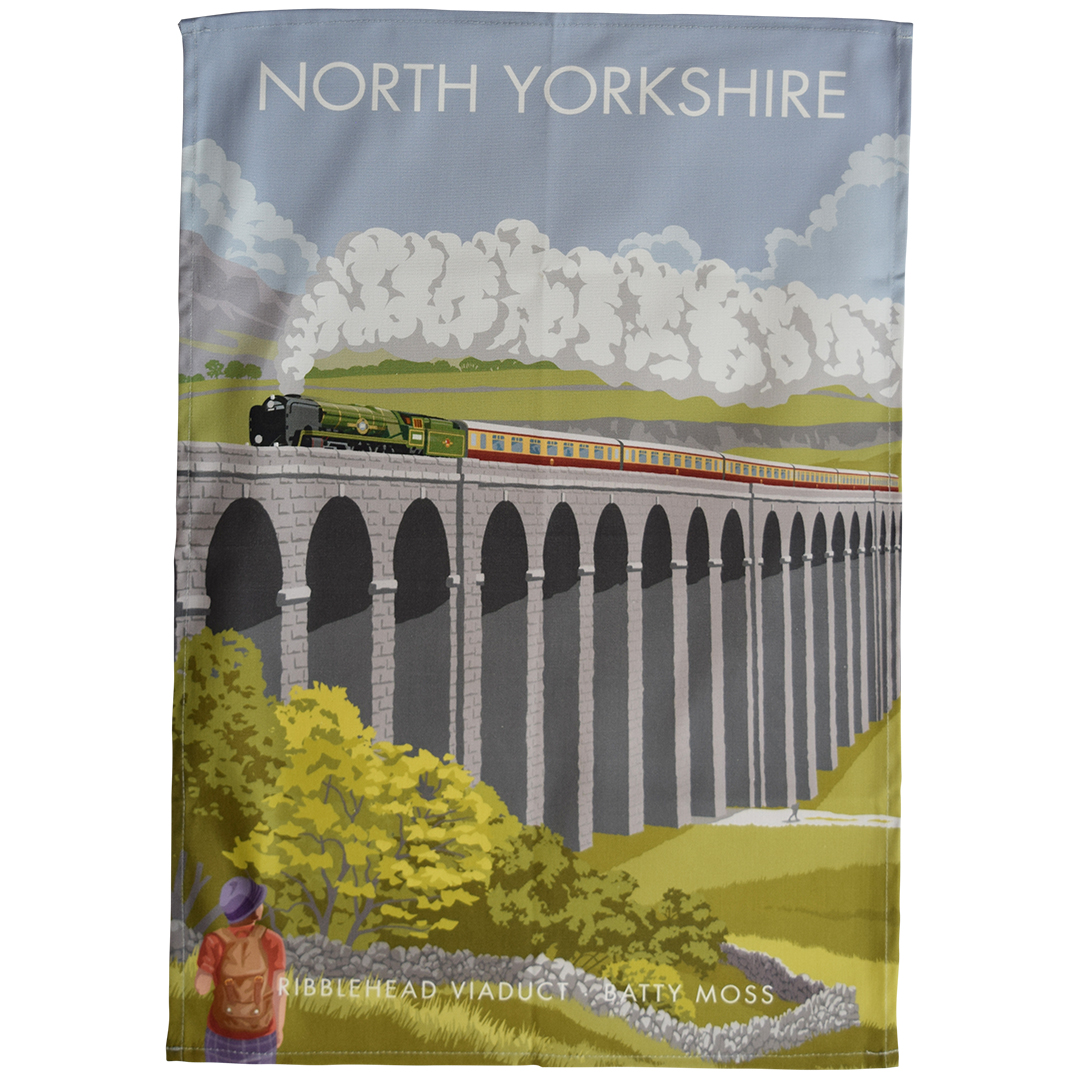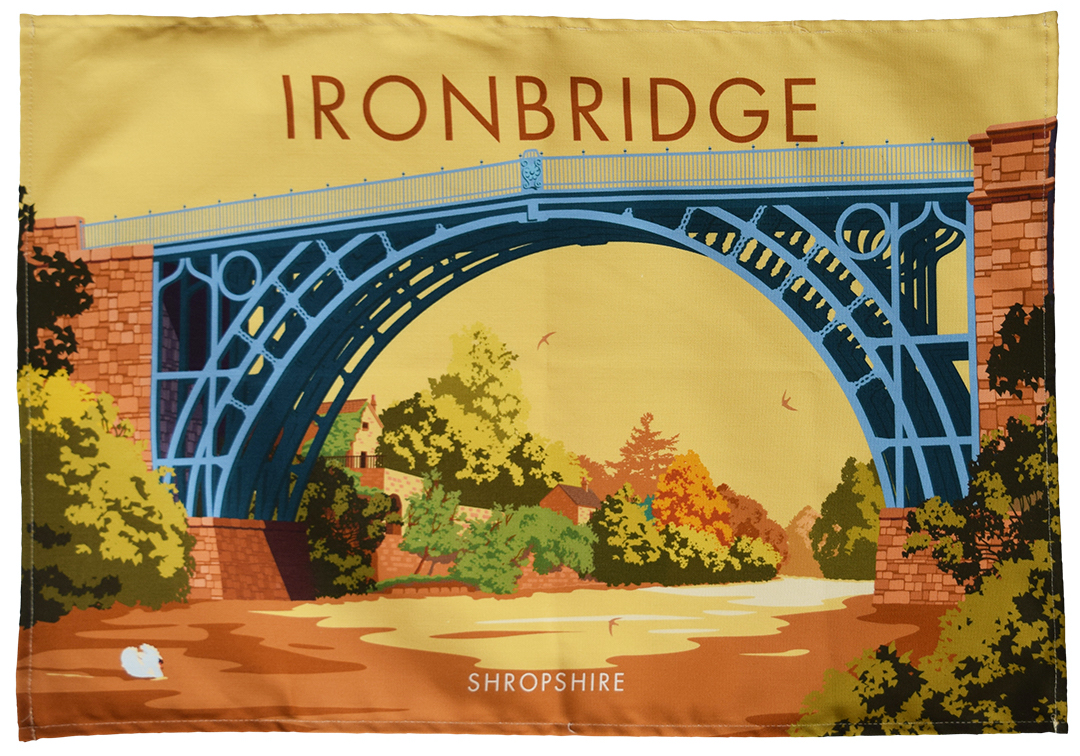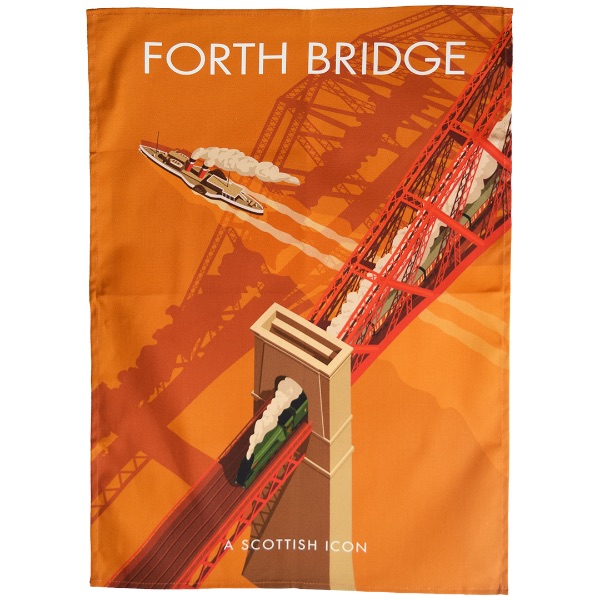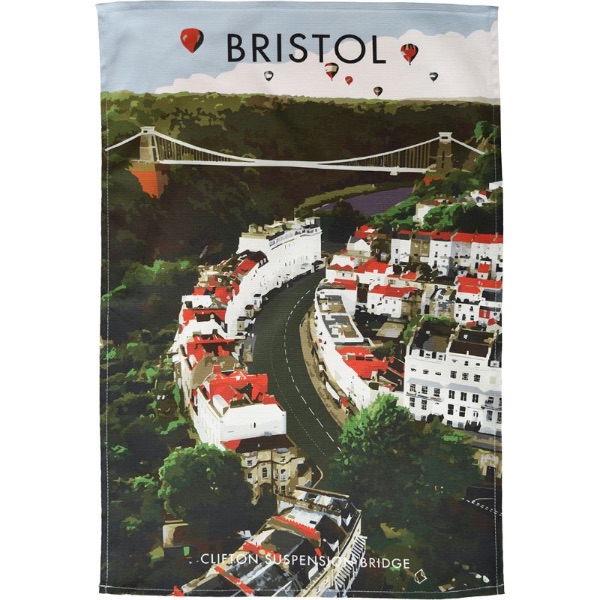The Place at the Bridge: Exploring Britain's Bridges and Viaducts
Posted by Tom on 23rd Jul 2024
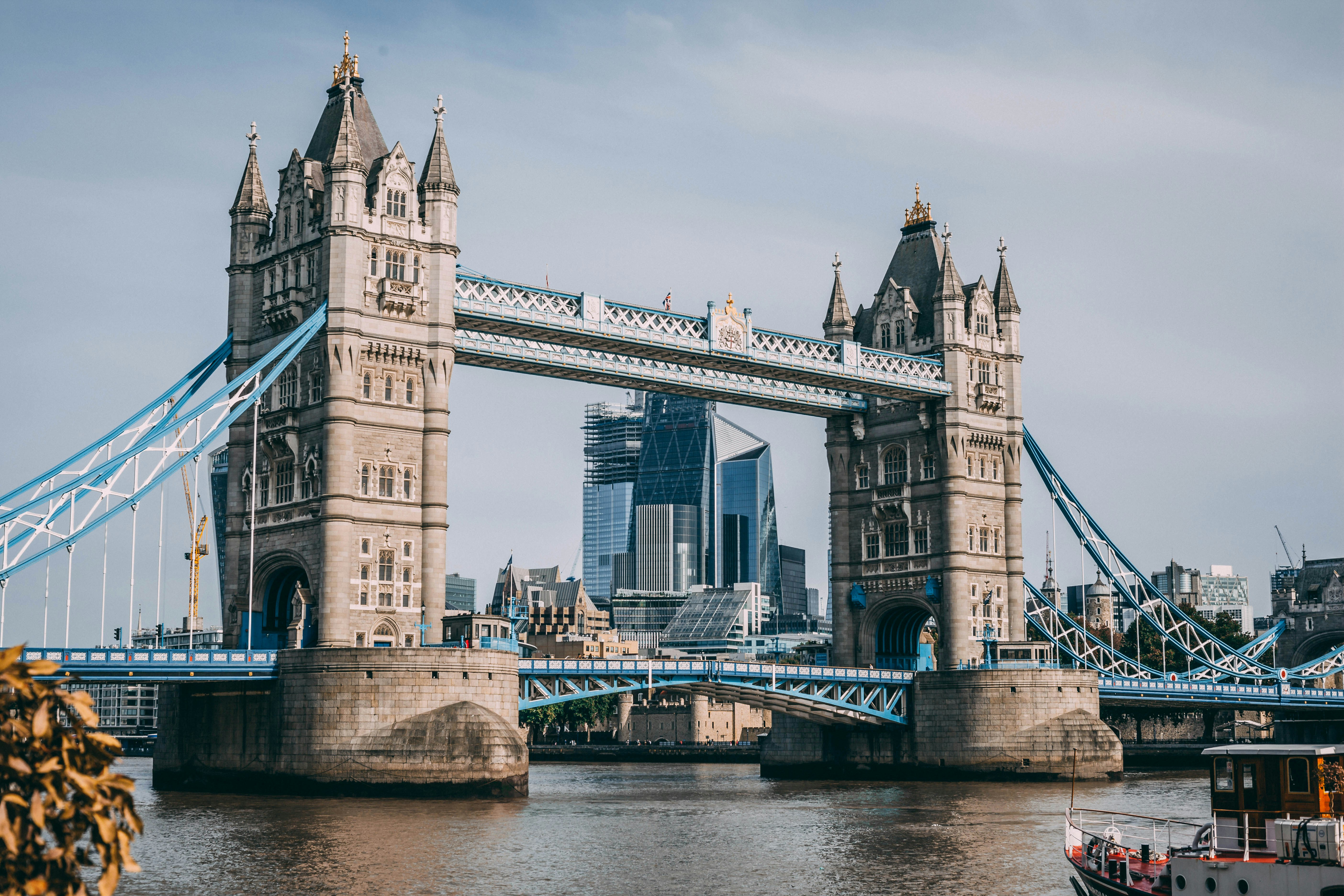
Photo by Charles Postiaux on Unsplash
Tom takes us on a tour of Britain's iconic bridges and viaducts, from Ribblehead to Bristol
Last April, some friends and I took on the Yorkshire Three Peaks: a 40 kilometre circular hike up the three tallest peaks in Yorkshire.
The hike takes about 12 hours in total, and it takes in some pretty incredible scenery across the Yorkshire Dales.
But without a doubt the highlight of the trip was walking right underneath the magnificent Ribblehead Viaduct, a four hundred metre-long viaduct at the head of the Ribble Valley.
Seeing the Ribblehead Viaduct is one of the highlights of the Yorkshire Three Peaks Challenge
See our Ribblehead Viaduct tea towel
Now don’t’ get me wrong, I’m no bridge expert. But writing for Town Towels these last few years has taught me a fair bit about some of Britain’s iconic bridges and viaducts, Ribblehead included.
Thirty-two metres above the valley floor at its highest point, the Ribblehead Viaduct is an engineering marvel.
Begun in 1870, it took four long years to build. By then, almost two and a half thousand men had worked on its construction, living in shanty camps around its base. And shockingly, over a hundred lives were lost in the process.
Over recent decades, the Viaduct has become somewhat of a local treasure, and not just for train-lovers. In the 1980s, when the line was almost closed due to maintenance costs, a huge campaign was fought to keep it in use.
The Ribblehead Viaduct, it seems, has captured peoples’ hearts.
In fact, bridges and viaducts are among Britain’s most iconic landmarks, few more famous than The Iron Bridge in the aptly-named town of Ironbridge, Shropshire.
A riverside village in rural Shropshire, Ironbridge is often considered the home of the Industrial Revolution
Ironbridge is famous as one of the birthplaces of the Industrial Revolution, and it was here that Abraham Darby perfected the technique of smelting iron with coke.
It was his grandson, Abraham Darby III, who built the 30 metre bridge in 1781 - the first major bridge in the world to be made of cast iron.
By the 19th century, the Iron Bridge had become a national treasure and a symbol of the Industrial Revolution. It’s also a UNESCO World Heritage Site, enjoying the same status of monuments like the Taj Mahal and the Great Wall of China.
Sure, it only crossed a narrow gorge in rural Shropshire – but the Iron Bridge revolutionised eighteenth century engineering.
But the Iron Bridge isn’t the only British bridge to have been awarded UNESCO World Heritage Site status.
This design shows the Forth Bridge from above, a train steaming over its tracks as a ship cruises beneath it
See our Forth Bridge tea towel
In 2015, the Forth Bridge – spanning the Firth of Forth north of Edinburgh – became Scotland’s sixth World Heritage Site.
Spanning a whopping 2467 metres, and weighing in at 51 thousand tonnes, the Forth Bridge was the world’s first major structure to be built using steel.
It's so huge that 'Painting the Forth Bridge' has become a colloquial expression to refer to a task that never ends: it takes so long that, by the time you’ve finished, you have to start again from the other end!
But a bridge this size doesn't just appear out of thin air - it took around seven years to build, and 73 lives were lost during its construction.
The engineers of the Forth Bridge, John Fowler and Benjamin Baker, were titans of nineteenth century civil engineering, helping to develop the Metropolitan Railway in London – an underground railway that went on to become today’s London Underground.
But without a doubt Britain’s most famous engineer is one Isambard Kingdom Brunel – a man who once placed second in a BBC public poll to determine the ‘100 Greatest Britons’.
Brunel designed countless bridges, dockyards, steamships and tunnels, but perhaps the most instantly-recognisable of his structures is the Clifton Suspension Bridge, spanning the Avon Gorge between Bristol and Leigh Woods.
This design shows the Clifton Suspension Bridge during Bristol’s annual Balloon Fiesta, when hot air balloons are flown over the city’s rooftops
See our Clifton Suspension Bridge tea towel
Work began on the bridge in 1831 based on Brunel’s designs. But construction ceased just four months later with the 1831 Bristol riots, and Brunel died in 1859 with the project abandoned.
It wasn’t until 1862, three years after his death, that work on the bridge finally recommenced – though there is some controversy to this day as to how much Brunel’s designs were amended by later engineers.
The bridge was first opened to traffic back in 1864, and now carries over four million vehicles per year.
Incidentally, it was also the site of the first modern bungee jump in 1979. And in 2003, the last ever Concorde flight flew directly over the bridge before landing at Filton Aerodrome.
It seems particularly fitting that one of Britain’s most famous bridges should have been built in Bristol – a city whose name derives from the old English Brycstow, literally meaning ‘the place at the bridge’.
It would take a book to catalogue Britain’s viaducts and bridges, and I haven’t even mentioned London’s Tower Bridge, or Bath’s Pulteney Bridge, or Cambridge’s Venice-inspired Bridge of Sighs.
But if it’s more bridges you’re after, why not have a browse on the Town Towels website!

